Nutsedge and crabgrass are two of the most common and frustrating weeds that appear in local lawns. Chances are, you’ve seen one or both in your lawn and you might be wondering what are some of the differences between crabgrass vs. nutsedge. And, how do you get rid of both of these pesky weeds?
There are definitely key differences in nutsedge vs. crabgrass in terms of how you identify and treat these two weeds. We’ll cover it all in this article so you’re prepared to fight back against these invasive foes.
Is it Nutsedge or Crabgrass?
Most of the time, homeowners do know the difference between nutsedge and crabgrass. But in case you aren’t very familiar with them, let’s talk about both.
Let’s start with identification. Crabgrass is a grassy weed that grows in unsightly clumps and can quickly take over large areas of the lawn. Nutsedge is often identified first by its neon green color. It typically sticks out not only because of its bright color but because it grows higher than the rest of the lawn.
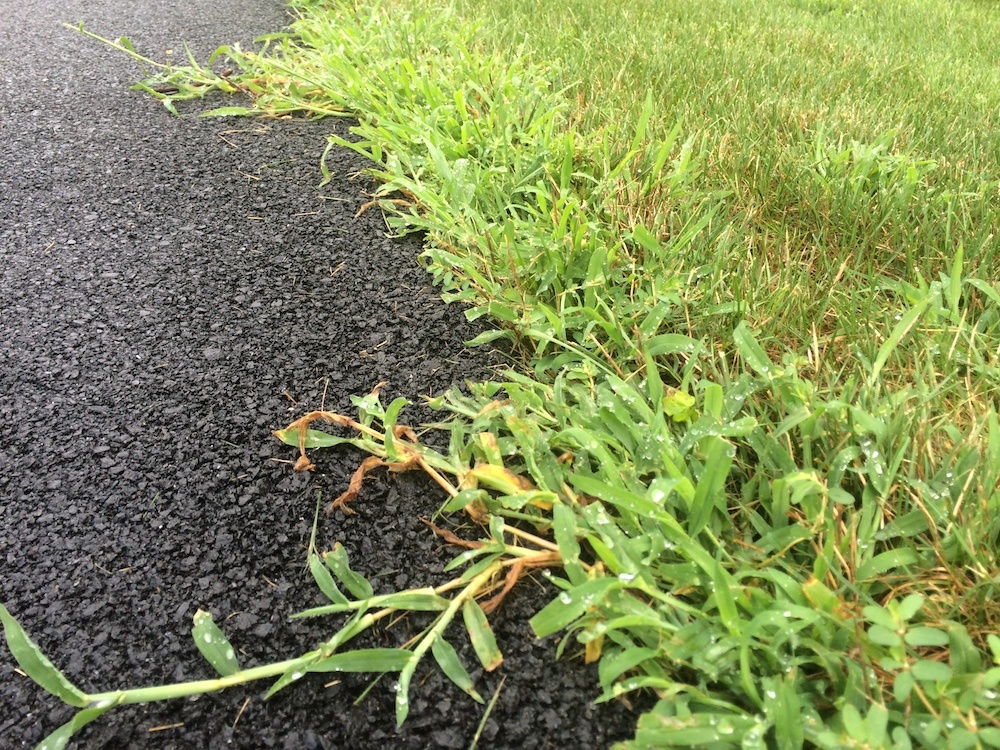
A big difference between nutsedge and crabgrass is that nutsedge is not actually a grassy weed like most people think. Although it definitely appears to be a grassy weed and is often referred to as “nutgrass,” it’s actually part of the sedge family.
Nutsedge is a perennial that tends to prefer moist areas of the lawn.
Crabgrass, on the other hand, is an annual grassy weed and will pop up in compacted areas where grass doesn’t grow well. Crabgrass likes the heat and it’s common to see it pop up in thinned-out areas and along the edges of pavement where the radiating heat makes it more challenging for cool-season grass to thrive.
Another difference between nutsedge and crabgrass is that nutsedge reproduces via underground tubers, often called “nutlets.”
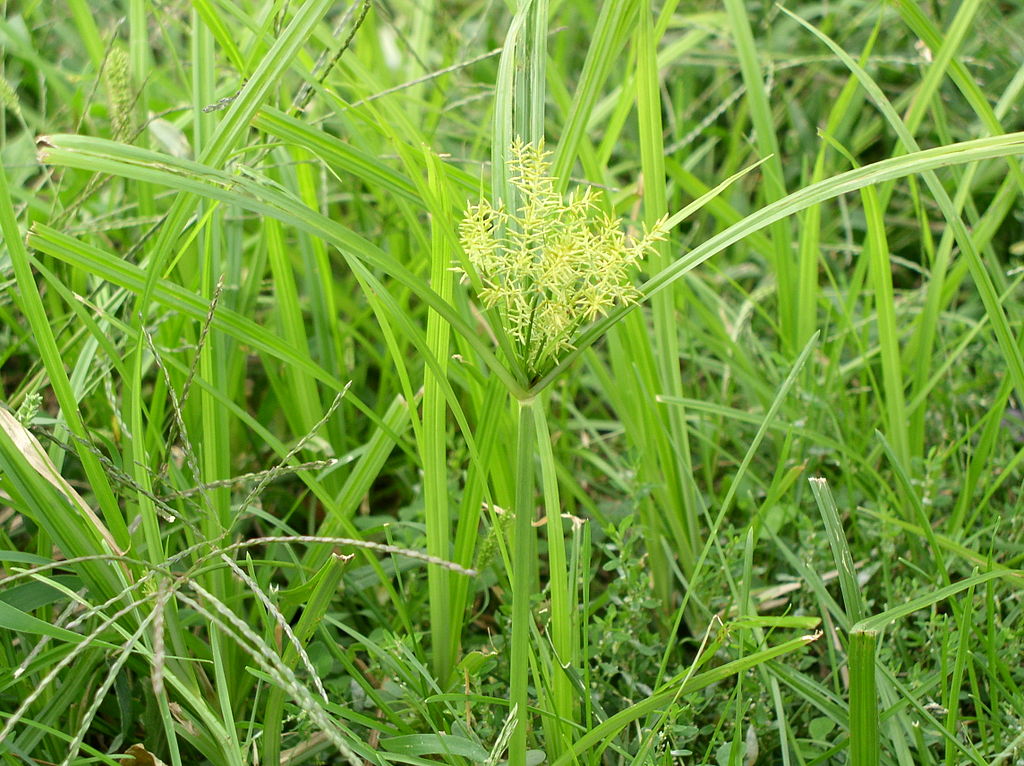
Crabgrass, on the other hand, produces seeds. A single crabgrass plant can produce up to 75,000 seeds that lay dormant in the soil until just the right timing for spring germination.
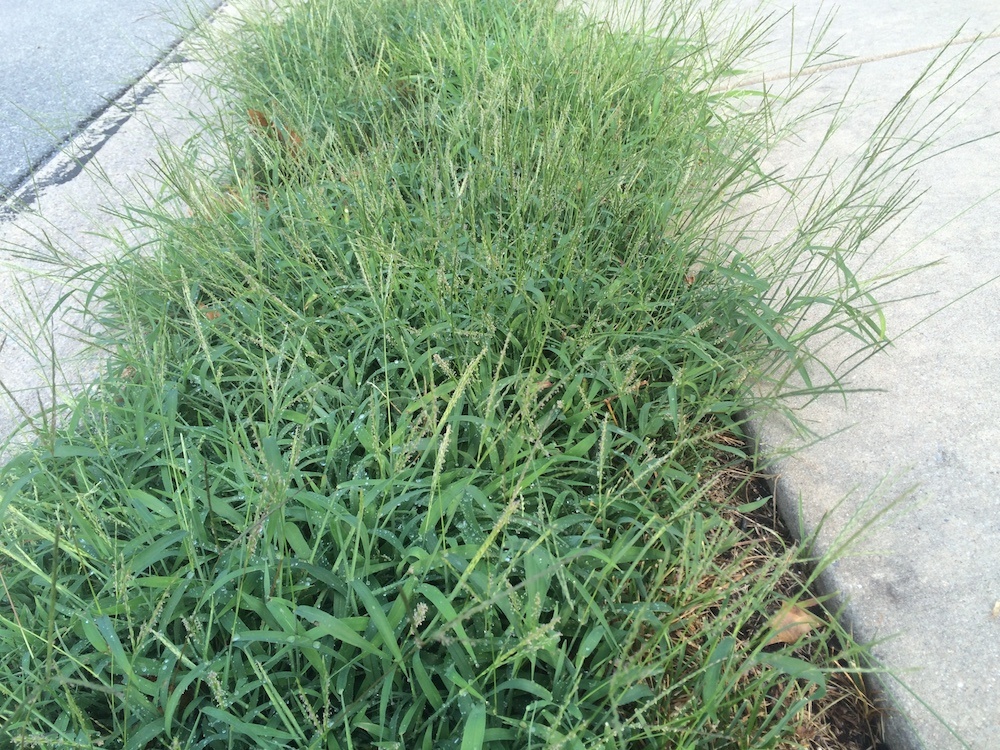
Both of these weeds are a warm or hot weather problem so you won’t see either of them until around late May and then through the summer. Both are also aggressive growers and can be difficult to control.
How to Get Rid of Nutsedge or Crabgrass
Another difference between nutsedge and crabgrass is how to deal with these two weeds.
Pre-emergent products should be part of the strategy to deal with crabgrass as they can prevent a large majority of crabgrass growth (typically around 80 to 85 percent) in the first place.
By applying a crabgrass preventer in the form of granular material to the entire lawn, it will dissolve and form a thin barrier near the surface of the soil which intercepts the germinating crabgrass seeds. When the germinating seed comes into contact with the product, it stops growing.
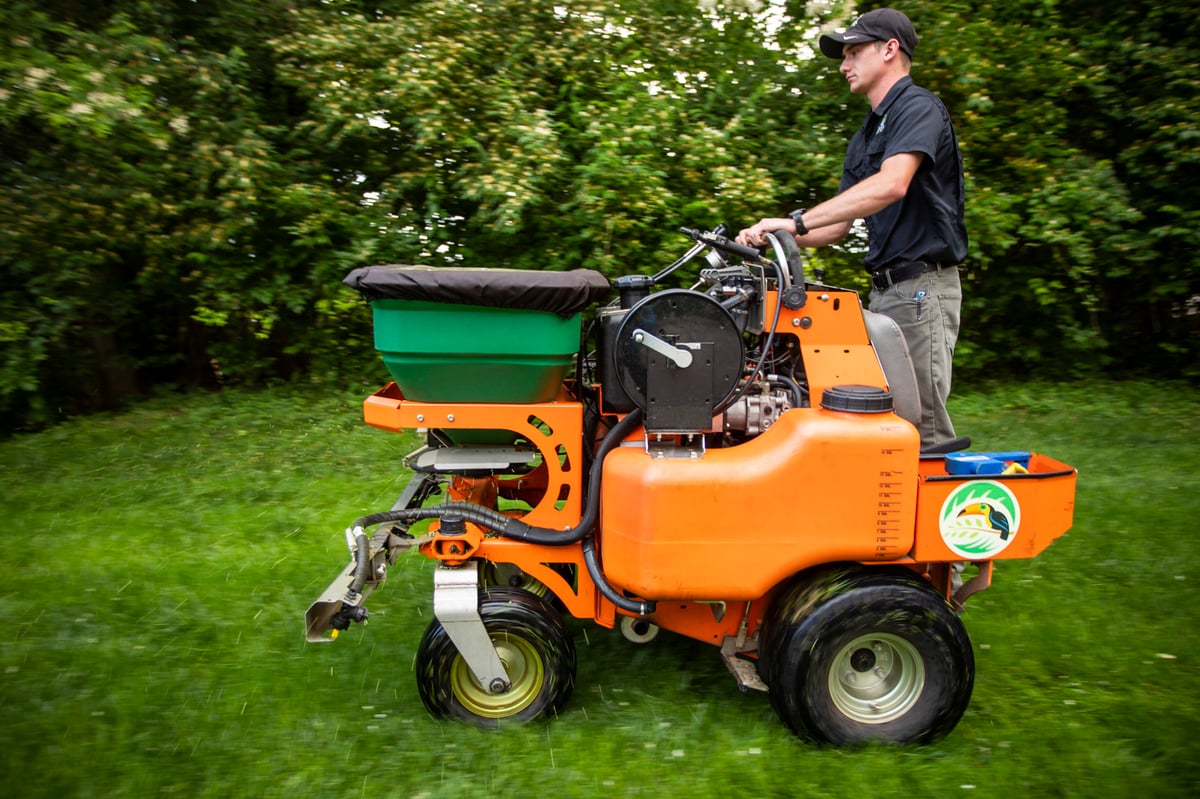
Oasis Turf & Tree also utilizes post-emergent crabgrass control treatments throughout summer as part of our overall program to deal with any breakthrough. Not only do we take the most proactive approach to utilize crabgrass preventer, but we also stick with you all season to ensure that breakthrough crabgrass is dealt with as well.
Unfortunately, there are no preventative products that work on nutsedge, so it needs to be addressed after it grows.
Nutsedge requires specialty control products that are specifically targeted to attack it. Because it’s an aggressive grower (growing as much as 5 times faster than your lawn), it often requires repeated control to keep it at bay. It will come back year after year.
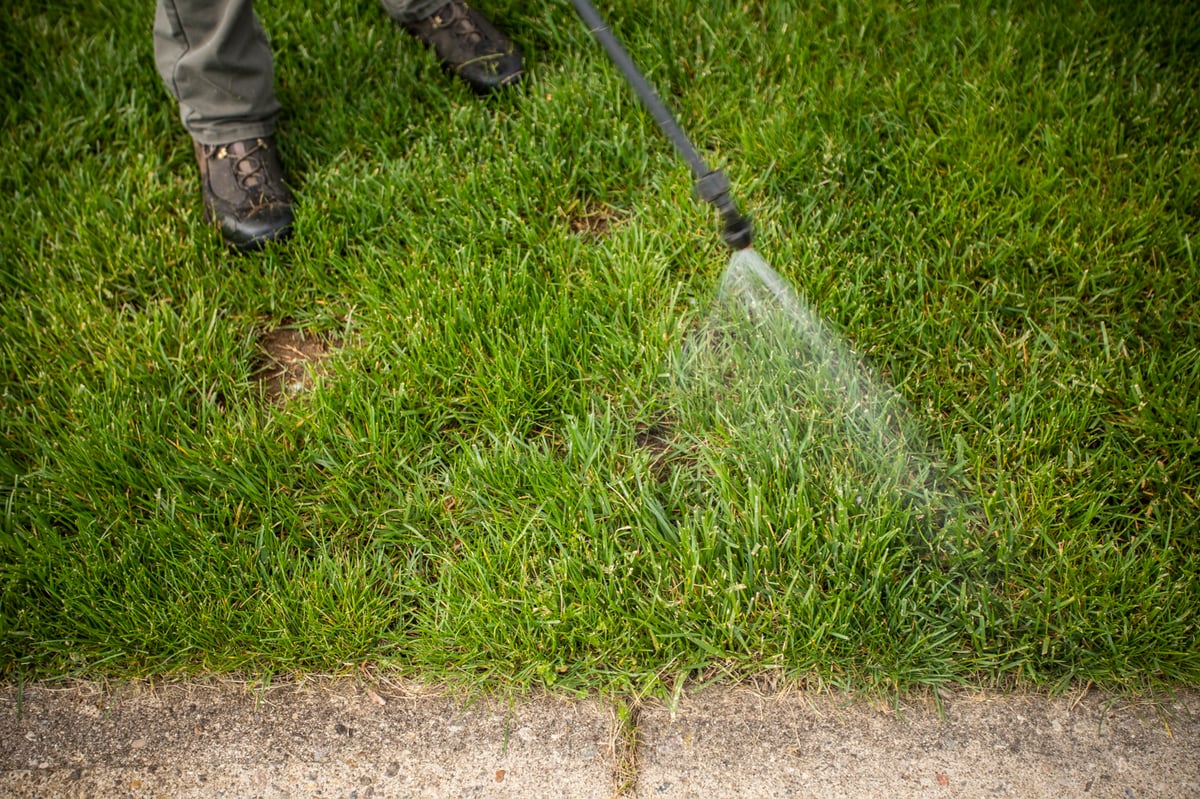
When you grow a really thick and healthy lawn, you can begin to prevent crabgrass growth naturally, as your turf will start to choke out this weed. However, with nutsedge, you might decrease the amount, but it can still compete with your healthy lawn. That’s why diligent treatment is important.
When it comes time to get rid of crabgrass or nutsedge, you want to invest in a lawn care program that will take care of both. At Oasis Turf & Tree, all of our lawn care programs include both crabgrass and nutsedge control.
A Lawn Care Program that is Tough on All Weeds
At the end of the day, whether you have nutsedge or crabgrass, or any other weed for that matter, you want to know that you’re investing in a lawn care program that will be tough on weeds. Although nutsedge and crabgrass are two of the more common weeds we see in our area, there are many others.
That’s why at Oasis Turf & Tree, we take weed control seriously.
We understand that weeds are typically homeowners' number one complaint when it comes to lawn problems and we don’t take that lightly. We have a proactive plan that includes using different products during different times of the year. That includes specialty products for those tough-to-control weed varieties that many of our customers are faced with.
Whether you are dealing with nutsedge or crabgrass, or any other weed, you shouldn’t have to deal with it on your own. There are too many different types of weeds and too many considerations to keep in mind.
At Oasis Turf & Tree, we go above and beyond when it comes to weed control, just as we do in the other areas of our lawn care program.
All of this adds up to peace of mind. In the end, by handing weed control over to us, you hand your worries over, too.
Ready to learn about professional lawn care services from Oasis Turf & Tree for your Cincinnati, Dayton, Ohio, or Northern Kentucky home? Request your quote, choose the lawn care program that’s right for you, and then sit back and relax as the pros take away your worries and help you get the lawn of your dreams!
Image Source: Nutsedge

